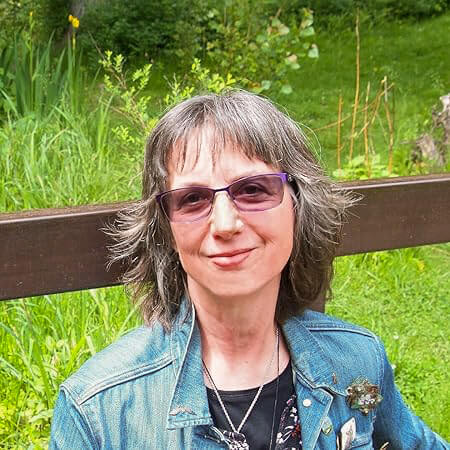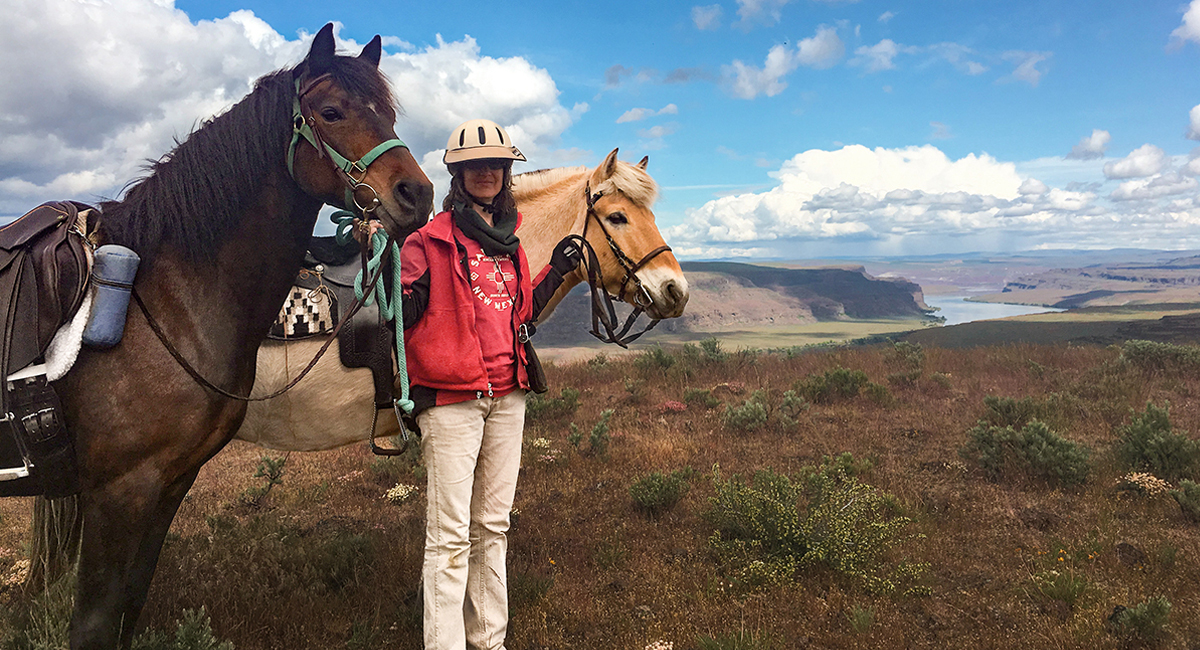Setting Yourself Up for Success
I didn’t really want to tell my friends about my last broken arm. It was a lot of drama and kind of embarrassing. My friends were shocked. Three broken arms in less than a year? What the heck were you doing? Other phrases were also used as my friends expressed their disbelief. I had trouble believing it, too. The only good part of this is that I’m definitely finished with my “three bad lucks” and nothing bad will ever happen to me again. It’s a rule.
As I look forward to getting back on my horse, I’m planning to manage situations to make future unplanned dismounts less likely. The first broken arm incident was during a moment of chaos on a ride with friends. Just as I was stepping off to help, my horse spooked from a loose horse and I was thrown to the ground. Lesson learned: stay on my horse until the chaos settles. I know I can ride what my horse gives me, I just need to stay balanced in the saddle.
The second incident was not horse related, but instead was simply from walking when my foot was asleep. My foot zigged when it should have zagged and I crashed backward, breaking my fall while breaking my arm. But I still learned a lesson that is relevant to all my activities: pay attention to my body. Be cautious, and don’t hurry. Sometimes I need to pause, think, and make sure I’m ready for the next step.
The third broken arm was when I fell off my horse, bareback, when Vali spooked. I fell off that simple spook as if I hadn’t been riding for decades. When I told my friends, they asked, “What were you doing riding bareback in the spring? What were you doing riding bareback at all?” Sigh. My balance and fitness aren’t what they used to be. Lesson learned: use a saddle. And if I want to goof around with my horse when I have a spare 15 minutes, maybe do some groundwork instead of hopping on bareback.
Know Your Horse, Know Yourself
I know my horse well; we’ve been together for years now. I know that there are certain things that turn him into a coiled spring ready to leap. One of those things is riding in a group larger than four horses. I don’t know why that bothers him, but I know it’s common for many horses. I suspect it has to do with horse psychology and the need to keep track of all the members of the herd. So, I plan to ride only in small groups, at least initially.
Another thing that makes my horse nervous is cantering in groups on a trail. He’s great in an arena, but not on the trail at speed. It’s probably that horse psychology thing again. I can avoid that tension though by limiting our trail rides to walking and trotting until I regain my confidence and fitness. When I’m ready to address cantering on the trail, I’ll be sure to pick my group and start out with incremental steps.
Finally, I plan to pick my riding buddies carefully. I used to be the person with the calm horse that would join any group—raw beginners, spooky horses, or hot horses. Now I will make sure my riding buddies are good, calm, quiet riders with sane horses. I will pass the baton (dressage whip?) of experienced-trail-ride-helper to a younger fearless person who still bounces. At least for now.
Hopefully, by heeding the lessons I’ve learned and not doing stupid things, I can stop breaking arms and not only get back on my horse but stay on my horse. I can then enjoy the things I love most about trail riding: the quiet, the views, the wildflowers, and the good conversation. I plan to set myself up to be able to ride on a loose rein, to sit deep in the saddle (just in case), and to minimize the chances of bad things happening. Instead of getting back to the trailer after a tense ride and exclaiming with relief, “No one died!” I want to say, “All the horses were good, the trails were gorgeous, and we had a great time!”
See this article in the October 2024 Online Digital Edition:
October 2024

Michelle Eames’ first book, Riding Lessons: Things I Learned While Horsing Around, is a mostly humorous memoir that tells the story of Michelle’s journey with horses, and the numerous lessons the horses taught her. She describes her horsemanship adventures, mistakes, and mishaps with humor, humility, and even a bit of poetry.
Michelle lives on a hobby farm near Spokane, Washington. The farm includes two horses, two barn cats who want to be house cats, a few chickens, and a husband. When she isn’t writing, riding, or shoveling manure, Michelle spends her time gardening and repairing vintage sewing machines to keep them out of landfills.
Michelle writes about a broad range of topics, from biology to horsemanship to wildfires. Visit her blog and learn more about her writing at MichelleEames.com.






